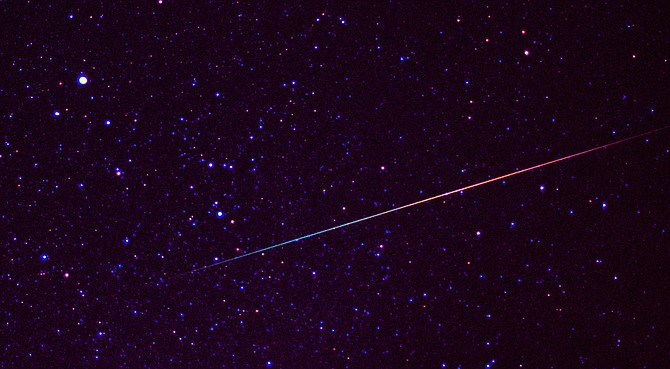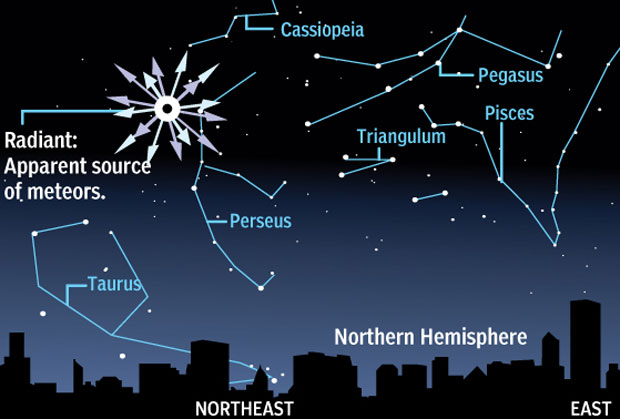
Every year about this time, stargazers start to get excited about the Perseids, the biggest and most spectacular of all meteor showers. The "shooting stars" are already streaming through our skies at the rate of about a dozen an hour. However, from August 11 to 14, the pace will accelerate to almost a hundred an hour, making them fairly easy to spot even without a telescope. The best part is that unlike last year, there will be no "super" supermoon to steal their thunder.

Called Perseid because they seem to spurt from the constellation Perseus, the meteors, which penetrate the Earth's atmosphere at speeds of 140,000 mph are debris left behind by the comet, Swift-Tuttle as it traveled through the area on its 132-135-year orbit.

They are observed annually when the Earth traverses through the cloud of comet dust as it orbits around the sun. The meteor showers can be seen from most parts of the world. But thanks to the path of Swift-Tuttle's orbit, the best views are reserved for the residents of the Northern Hemisphere.
The popularity of the Perseids can be attributed to two things. They are the most reliable of the 64 meteor showers that are visible from Earth annually.
More importantly though is the number of fireballs, - meteors as bright or even brighter than Jupiter and Venus - that come hurtling towards earth. NASA scientists who have nicknamed the Perseids "fireball" champions, believe that the size of the meteors is a result of Swift-Tuttle's large (26 km diameter) nucleus. They speculate that it created hundreds of meteoroids, many of which are large enough to produce fireballs.

To make the most of the incredible show, experts recommend getting away from bright city lights. Also, as is the case with most celestial events, the best time to view the showers is during the predawn hours (between 1:00 am and 5:00 am.) And finally, though the shooting stars will be coming down in earnest from August 11 to 14, the best day to catch them is during the early hours of August 13, when a new moon will ensure perfect viewing conditions. So be sure to mark your calendars and do make wish or two - they may even come true!
Resources: Space.com,science.NASA.gov. earthsky.org, usatoday.com